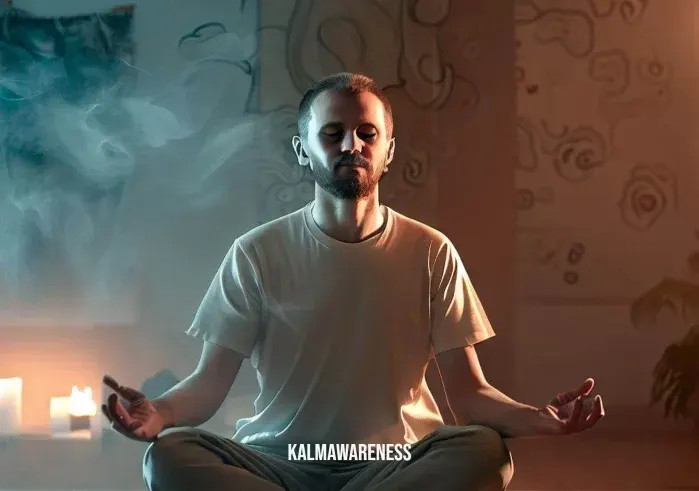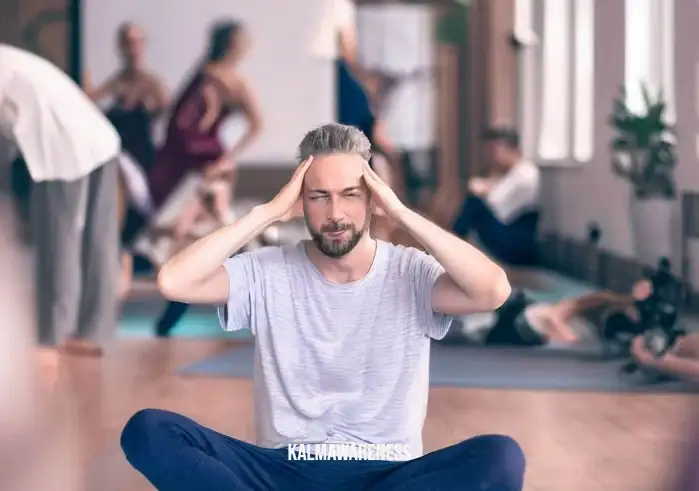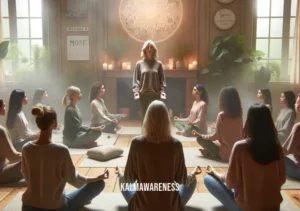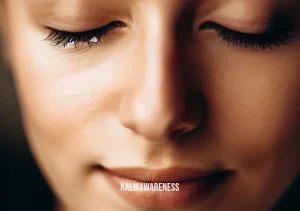V-Shaped Sitting Pose in Yoga: A Burst of Energy and Balance
- Pose Name: V-Shaped Sitting Pose
- Original Name: Ardha Upavistha Konasana
- Difficulty Level: Intermediate
- Pose Category: Seated Yoga Poses
- Exercise Duration: 30 seconds for beginners, 1-2 minutes for advanced practitioners
The V-Shaped Sitting Pose – A Journey into Balance
As you delve into the V-Shaped Sitting Pose, you’ll discover a delightful combination of strength and serenity. This asana primarily targets the core, hamstrings, and hip flexors, while also promoting balance and inner focus.
Begin by sitting on your yoga mat with your legs extended in front of you.
Embrace the following steps to master the V-Shaped Sitting Pose:
Step 1: Grounding and Preparation
- Place your palms firmly on the mat beside your hips, fingers pointing forward.
- Lengthen your spine, engaging your core for stability.
Step 2: Forming the V-Shape
- Bend your knees: Draw your knees towards your chest, keeping your feet flat on the ground.
- Open your legs: Gradually widen your knees, forming a V shape with your legs.
Step 3: Embracing Balance
- Shift your weight slightly back, finding the equilibrium where you feel stable yet challenged.
Pro Tip: Maintaining a tall spine and an open chest enhances the balance and energy flow in this pose.
Step 4: Breathing with Intention
- Take deep, mindful breaths, allowing yourself to embrace the present moment fully.
Step 5: Gently Release
- To release the pose, bring your legs back together and extend them in front of you.
Congratulations! You’ve completed the V-Shaped Sitting Pose. Don’t forget to repeat it on the other side to maintain balance and harmony within your practice.

Embracing the Essence – Benefits and Variations of the V-Shaped Sitting Pose in Yoga
In the first part of our journey, we explored the foundations of the V-Shaped Sitting Pose, feeling the balance and power it brings to our yoga practice. Now, let’s delve deeper into the myriad benefits this pose offers, discover its variations for practitioners of different experience levels, and understand who should approach it with caution.
Benefits of the V-Shaped Sitting Pose
The V-Shaped Sitting Pose extends its nurturing embrace to various aspects of our physical and mental well-being, making it a valuable addition to any yoga routine. Some of its remarkable benefits include:
1. Core Strength and Flexibility
As you engage your core muscles and stretch your hamstrings, the V-Shaped Sitting Pose fortifies your abdominal muscles, promoting core strength and stability. The pose also enhances flexibility in the hips and lower back, releasing tension and tightness.
2. Improved Posture
By elongating the spine and encouraging an open chest, this pose nurtures proper alignment, helping you maintain an upright and graceful posture both on and off the yoga mat.
3. Energy Activation
The V shape formed by your legs in this pose allows energy to flow freely throughout your body, revitalizing your senses and invigorating your entire being.
4. Hip Flexor Stretch
The pose provides an excellent stretch for the hip flexors, which can be particularly beneficial for individuals with sedentary lifestyles or those who engage in activities that involve prolonged sitting.
5. Mindful Awareness
As you breathe deeply and find balance in the V-Shaped Sitting Pose, you cultivate mindfulness and presence, calming the mind and easing stress.
6. Blood Circulation
By opening up the hips and elongating the spine, this asana promotes healthy blood circulation, nourishing the body’s organs and systems.
7. Emotional Release
The balance and grounding experienced in this pose can help release emotional tension and foster a sense of tranquility and peace.
Pose Variations for Different Levels
The beauty of yoga lies in its adaptability to various skill levels. Here are some pose variations to suit practitioners with different experience levels:
1. Beginners
- For beginners, using props such as yoga blocks can provide additional support while opening the legs into a V shape.
- Modify the pose by keeping a slight bend in the knees to reduce strain on the hamstrings.
2. Intermediate Practitioners
- Intermediate practitioners can explore transitioning into the V-Shaped Sitting Pose from other seated asanas like Staff Pose (Dandasana) or Butterfly Pose (Baddha Konasana).
- Elevate the challenge by holding the pose for an extended duration, gradually building strength and endurance.
3. Advanced Yogis
- Advanced yogis may experiment with transitioning from a seated forward bend into the V-Shaped Sitting Pose, flowing with grace and control.
- Explore variations by adding twists or arm balances while maintaining the V shape with your legs.
Caution: Who Should Avoid the V-Shaped Sitting Pose
While the V-Shaped Sitting Pose offers numerous benefits, it may not be suitable for everyone. Individuals with the following conditions should approach this pose with caution or avoid it altogether:
- Knee Injuries: If you have knee issues or recent knee surgeries, avoid putting excess strain on the knees in this pose.
- Hip Problems: Those with hip injuries or conditions like sciatica should refrain from attempting this pose without proper guidance.
- Pregnancy: Pregnant individuals, particularly in the second and third trimesters, should avoid deep hip-opening poses like the V-Shaped Sitting Pose.
- High Blood Pressure: For those with high blood pressure, modifications or alternative poses are recommended.
Always consult a qualified yoga instructor or healthcare professional before attempting any new yoga pose, especially if you have specific medical concerns or conditions.

Unveiling the Soul of the V-Shaped Sitting Pose in Yoga
In the previous segments, we explored the physical benefits and variations of the V-Shaped Sitting Pose, igniting our practice with strength and grace. Now, let us embark on a journey through time and spirit, delving into the rich history, spiritual significance, and profound tips that elevate this pose to a holistic experience. Additionally, we’ll uncover common mistakes to avoid, modifications for those with limitations, and discover complementary poses that synergize with the V-Shaped Sitting Pose.
The Ancient Roots: A Glimpse into the History of the V-Shaped Sitting Pose
The V-Shaped Sitting Pose traces its origins back to the ancient practice of yoga. Rooted in the wisdom of Indian traditions, this pose has been passed down through generations, embodying the art of balance and alignment.
Synonyms: Half Seated Angle Pose, Half Seated Wide-Legged Forward Bend
Spiritual Significance: Finding Harmony within
Beyond its physical attributes, the V-Shaped Sitting Pose carries spiritual significance. This asana encourages introspection and harmony, as the V shape symbolizes the unity of opposites – balancing effort and ease, strength and surrender.
As you embrace the V shape with your legs, visualize the convergence of energies within yourself, aligning the physical and metaphysical aspects of your being.
Tips for an Enriching V-Shaped Sitting Pose Experience
- Warm-Up: Prior to attempting the pose, engage in gentle warm-up exercises to prepare the hips and hamstrings for a more comfortable stretch.
- Breathe Mindfully: Throughout the pose, maintain a steady and mindful breath, letting it guide you into a deeper state of relaxation.
- Engage the Core: Focus on engaging the core muscles to stabilize the pose and protect the lower back.
- Listen to Your Body: Respect your body’s limitations and progress gradually without pushing yourself too far.
- Maintain Alignment: Keep your spine elongated and shoulders relaxed, ensuring proper alignment throughout the pose.
Common Mistakes to Avoid
- Overarching the Back: Avoid rounding or overarching the lower back, as this can strain the spine.
- Forcing the Stretch: Never force your legs wider than what feels comfortable; respect your body’s flexibility.
- Tensing the Shoulders: Keep the shoulders away from the ears to prevent unnecessary tension.
- Neglecting the Breath: Don’t forget to breathe deeply and rhythmically, syncing your breath with your movements.
Modifications for Injuries or Limited Flexibility
For practitioners with injuries or limited flexibility, here are some modifications to explore:
- Using Props: Place yoga blocks or folded blankets under the knees for added support.
- Gentle Variation: Modify the pose by keeping a slight bend in the knees and a narrower V shape.
- Seated Forward Bend: Instead of extending the legs fully, practice a gentle seated forward bend with the legs slightly bent.
Complementary Poses
Enhance your yoga journey by incorporating these complementary poses:
- Seated Forward Bend (Paschimottanasana): This pose complements the V-Shaped Sitting Pose, offering a deeper stretch for the hamstrings and lower back.
- Wide-Angle Seated Forward Bend (Upavistha Konasana): Expanding on the V shape, this pose stretches the inner thighs and opens the hips further.
- Boat Pose (Navasana): Strengthen your core further with Boat Pose, complementing the core engagement in the V-Shaped Sitting Pose.





